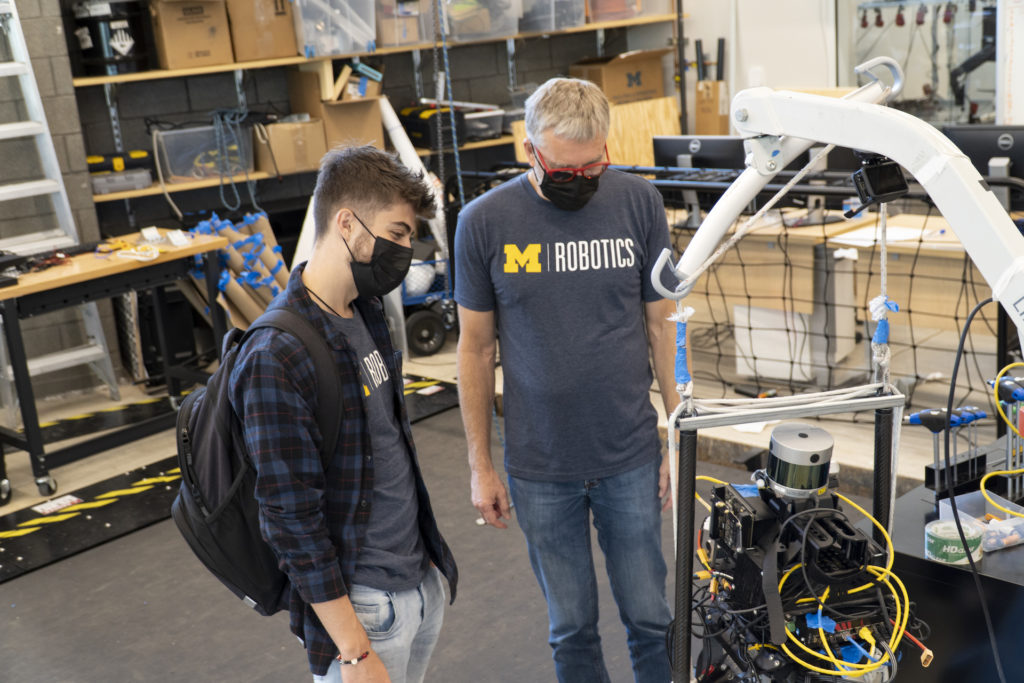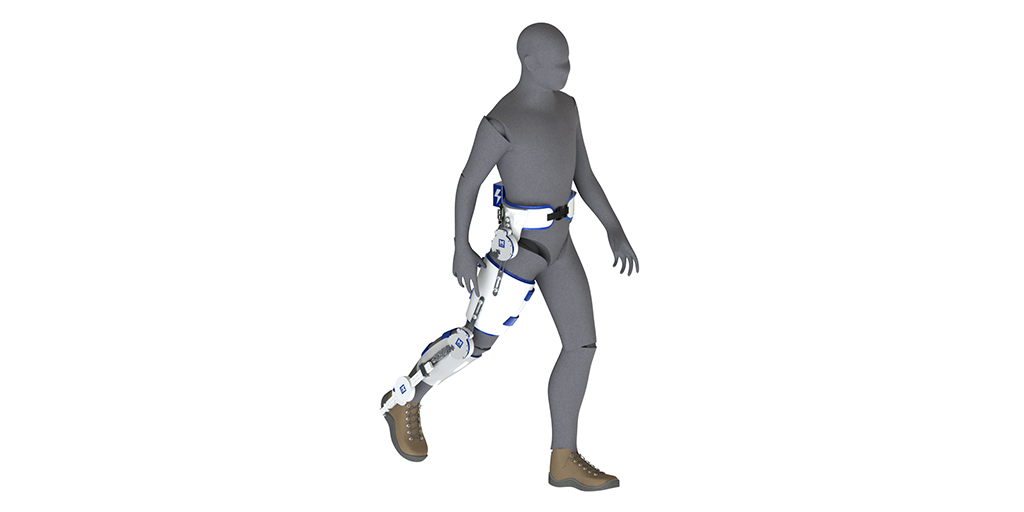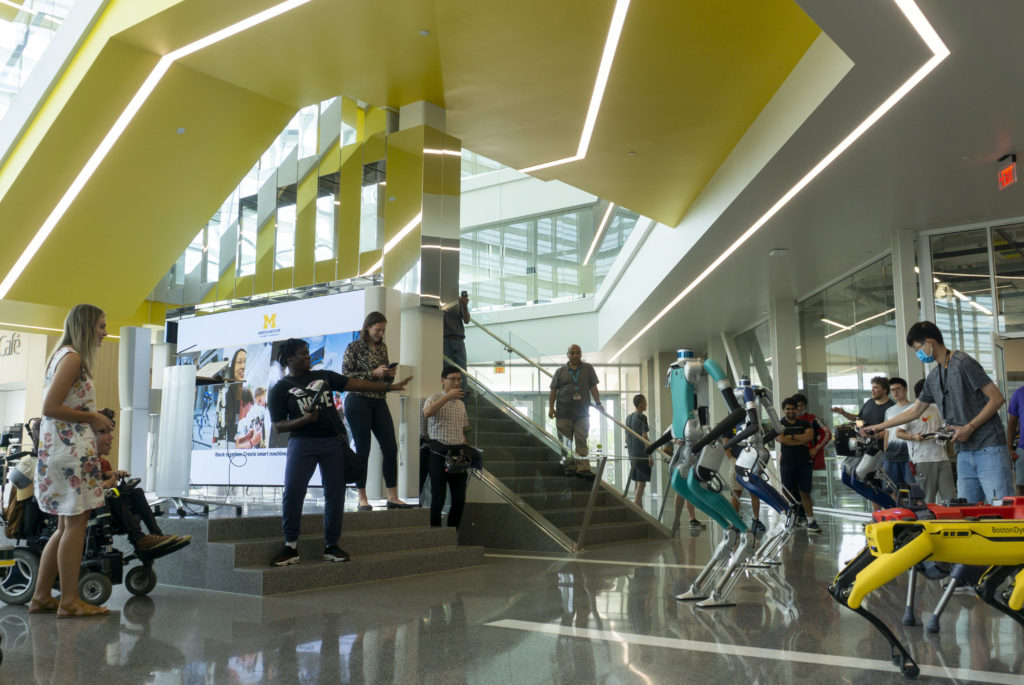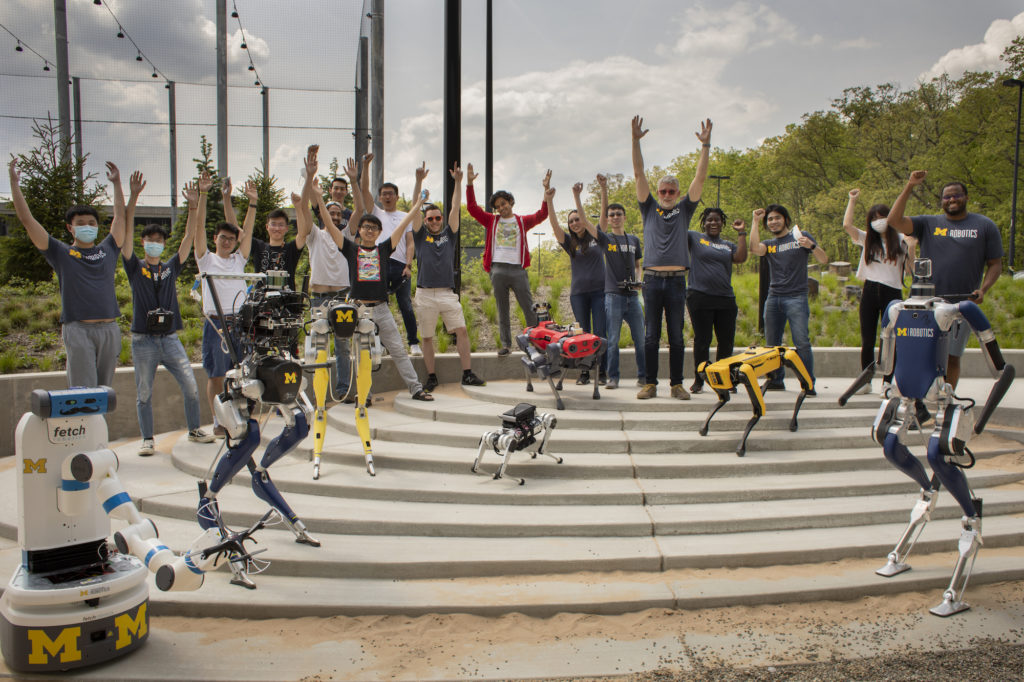How an open door led to fulfilling a robotics dream
October 7, 2021

Victor Popa-Simil, an engineering undergraduate, recently shared this letter he sent to Professor Jessy Grizzle, Director of the Robotics Institute, earlier this year:
Dr. Grizzle,
My name is Victor Popa-Simil and I was in your ROB 101 class last semester. I’m a freshman from Los Alamos, New Mexico looking to go into biomedical engineering (robotic integration in the medical field). I’m not sure if you remember, but I walked into your office about 5 years ago and we had a conversation that shaped my educational career.
Continue reading ⇒

